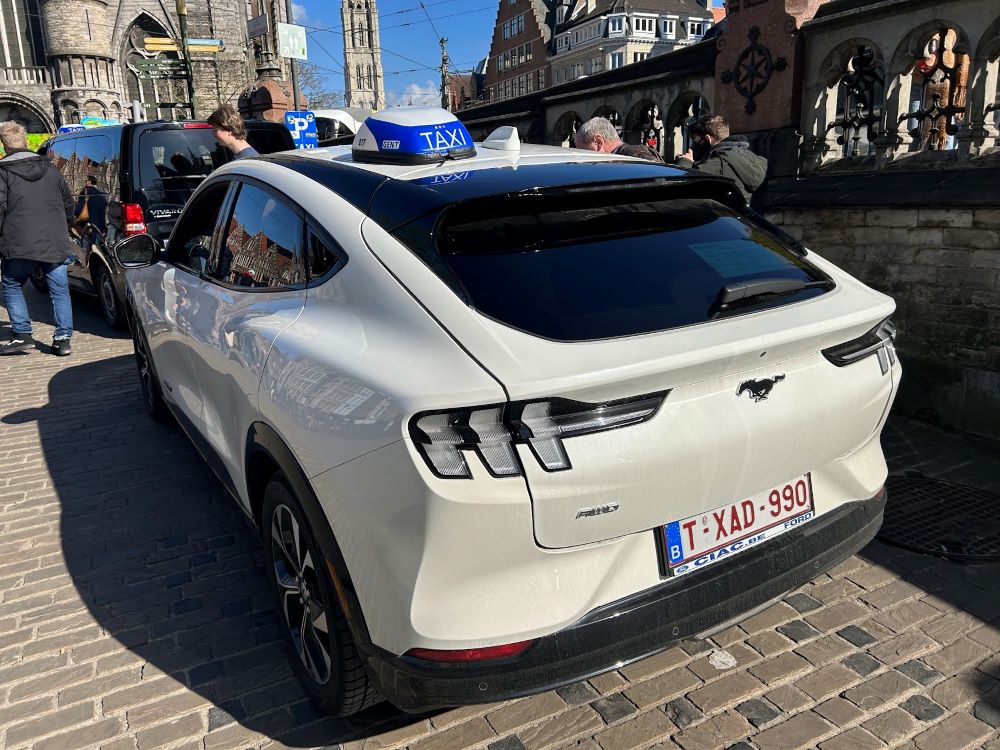In terms of business models, young entrepreneurs show a preference for flexible, technology-based strategies.
The taxi industry, a sector that has played an essential role in urban transport for decades, is at a crossroads of generations. On one side are the experienced, older drivers who know the roads like the back of their hand and rely on proven methods. On the other hand, there is a rising wave of young, tech-savvy drivers who are bringing innovation and modernization to the industry.
The taxi stand functions as a unique meeting point where both generations of taxi drivers come together. These places offer a fascinating look at the convergence of traditional and modern approaches within the taxi industry. Here, amid the hustle and bustle of city life, the latest hybrid and electric taxis sit side by side with the classic petrol and diesel models, creating a vibrant mix of old and new.
no doubt
While the government has doubts about its presence on social media platforms such as X (formerly known as Twitter) and Facebook, the new generation of entrepreneurs has no doubts about the usefulness and effectiveness of these channels. In an era where digital presence is almost synonymous with business success, young entrepreneurs are making good use of these platforms to promote and grow their businesses.
This young generation, often called digital natives, has a natural affinity with social media. They see these platforms not only as a means of personal expression, but also as powerful marketing tools. By using influencers, who often have a large and loyal following, they can effectively bring their products or services to the attention of a wide audience. Moreover, these entrepreneurs also use self-made videos to promote their services.
This development offers both challenges and opportunities for government agencies. On the one hand, they must carefully navigate the politically and ethically charged landscape of social media. On the other hand, they can learn from the approaches of young entrepreneurs and use these insights to improve their own digital communication strategies.
The young generation of taxi drivers eagerly uses modern technologies such as mobile apps, GPS tracking, and online payment systems. Their active social media presence for marketing and customer service is a clear sign of their adaptability to the digital world. In contrast, the older generation of drivers lean towards traditional methods such as radio dispatch and cash payments, and are less involved with social media and digital platforms. They also pay more attention to branding and projecting a modern identity. In contrast, the older generation relies more on traditional advertising methods and existing customer relationships, with less focus on branding and online visibility.
Young taxi drivers focus heavily on online marketing and use word of mouth through social media.

Younger taxi drivers are strongly committed to business operations that focus on user experience and innovative services, while their older colleagues stick to a more traditional approach. These generational dynamics not only influence the way taxi services are offered, but also the interaction with suppliers and the choice of business models. Young entrepreneurs tend towards flexible, technology-based business models, while older generations often adopt a more traditional 'Mercedes approach'. Younger generations also show an increased interest in sustainability and environmental awareness, for example through the use of electric or hybrid vehicles.
respect
Respect for traditions, education in new technologies, and building networks are essential for bridging the generation gap in the taxi industry. It is crucial to view each taxi operator as unique, regardless of generation, and take a personal approach. During this period of transition within the taxi industry, it is essential that both young and older generations of taxi drivers recognize that their success depends on how well they can adapt and innovate. It is a dynamic time, where the right mix of traditional values and modern technologies can lead to a prosperous future for all those involved in the taxi industry.




